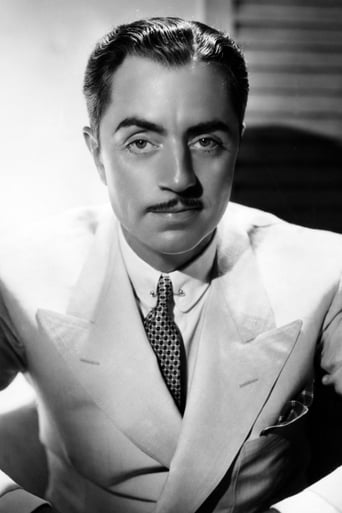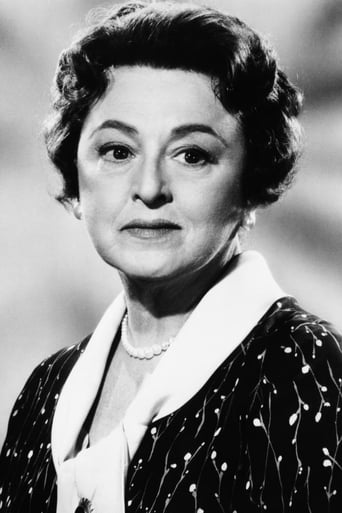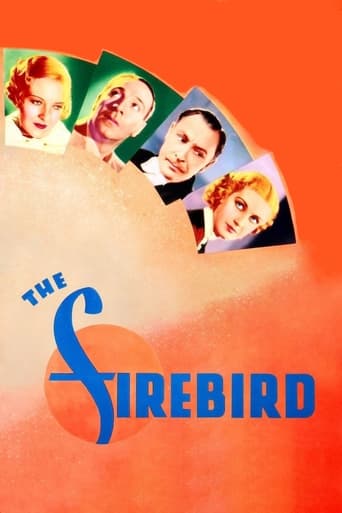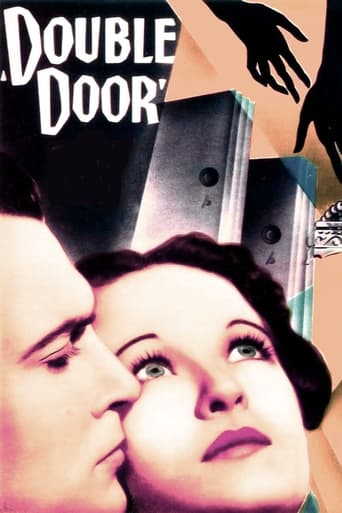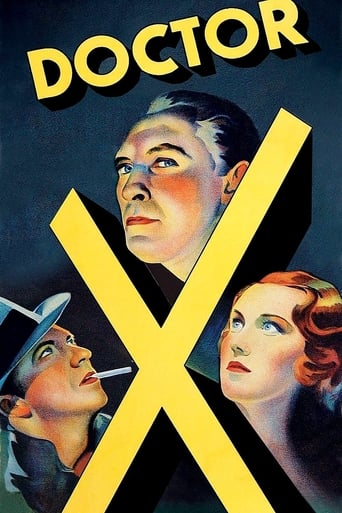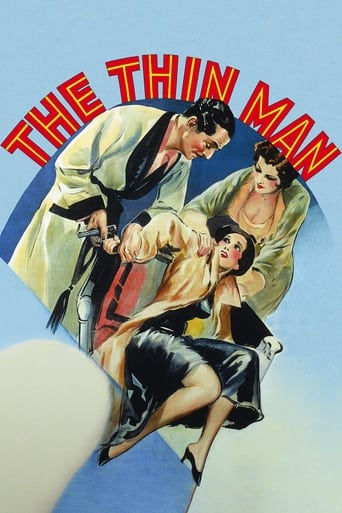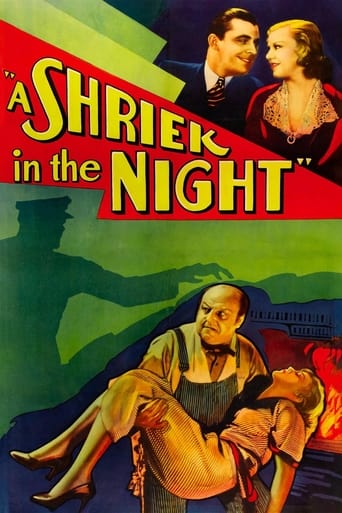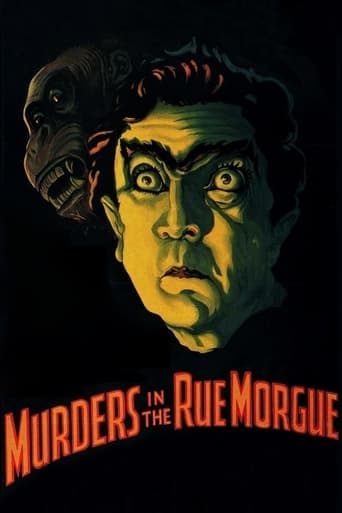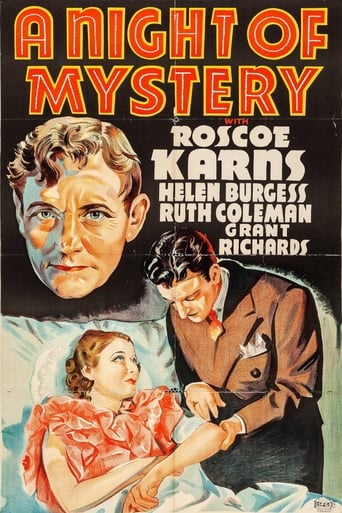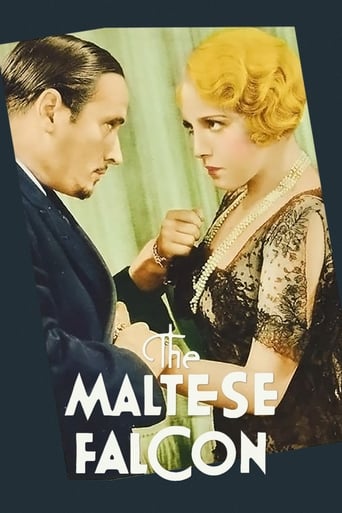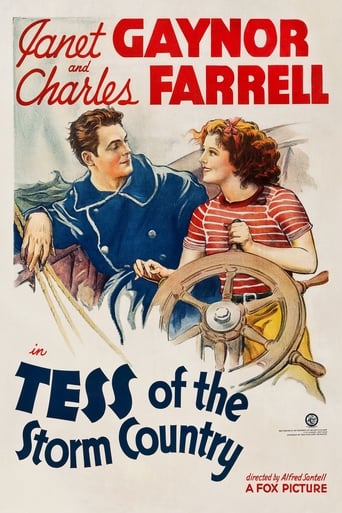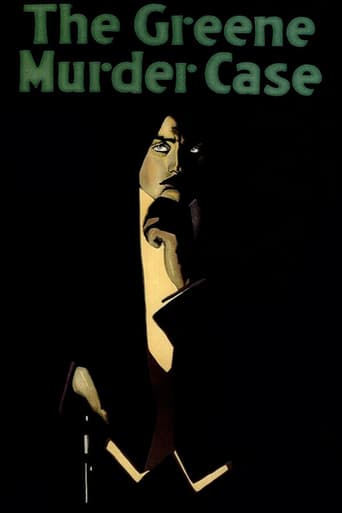
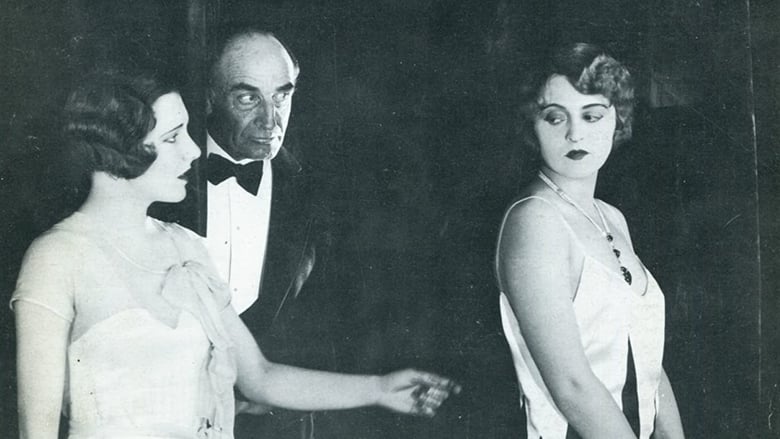
The Greene Murder Case (1929)
Philo Vance investigates when a murderer preys upon members of a wealthy family on New York's Upper East Side.
Watch Trailer
Cast
Similar titles
Reviews
Best movie of this year hands down!
Very very predictable, including the post credit scene !!!
Plenty to Like, Plenty to Dislike
Each character in this movie — down to the smallest one — is an individual rather than a type, prone to spontaneous changes of mood and sometimes amusing outbursts of pettiness or ill humor.
1929's "The Greene Murder Case" was the second of three early talkie Paramounts starring William Powell as Philo Vance, coming six months after the first, "The Canary Murder Case," eight months before the third, "The Benson Murder Case." Storywise, it's perhaps the best of all three, while technically it's a huge improvement on its predecessor, the pacing agreeable, the acting more natural, and Powell again joined by District Attorney Markham (E. H. Calvert) and Sgt. Ernest Heath (Eugene Palette). Also returning as a different character is young Jean Arthur, in a far more substantial role than her cameo in "The Canary Murder Case." The Greene household, consisting of bedridden matriarch and four offspring, are beholden to the will of the late patriarch Tobias Greene, requiring everyone to remain under the same roof for 15 years before the estate can be divided evenly between them. One dark midnight, both Chester (Lowell Drew) and Ada (Jean Arthur) end up shot (Chester fatally), but the robbery motive piques the curiosity of Philo Vance, particularly as the two shots were fired minutes apart. Always intrigued by the psychological aspects of each case, Vance has his hands full under this roof, where Tobias kept an extensive library on the history of crime. He may wind up solving this one by having only one suspect left! Florence Eldridge (Mrs. Fredric March) is an assured scene stealer, but her doctor boyfriend is played by dull as dishwater Ullrich Haupt (hard to believe that two women would be interested in him). Powell is far more involved here, and his amusing rapport with Eugene Palette never goes over the top. Struggling in a role few actresses could credibly pull off, beautiful Jean Arthur was still an unknown quality at the time, but remained one of Powell's favorite leading ladies (later seen to best advantage in "The Ex-Mrs. Bradford").
This was possibly made right after Cecil B. Demille's first talkie ,when he removed the camera out of the sound booth and had it covered up with towels ,so that the camera could move .There are some shots ,like in the hallway,where William Powell and Eugene Pallet are disusing the murder and the camera is following them.that's not zoom lenses.For some reason they don't get a lot of close ups.Obviously the camera was very heavy.This is an early Philo Vance mystery on film starring William Powell ,who would repeat his role in later films.A very young Jean Aurthur Frederich Marches wife,Florence Eldridge, is in it too.I don't know if this was her first talkie,it might have been.The adult Children Green,played by Florence Eldridge as Sibella ,Jean Aurthur as Ada,a fat Lowell Drew as Chester and Morgan Farley as Rex .Under their fathers will they all have to stay in the house for 15 years in order to inherit their fathers money.Their mother is an invalid,unable to walk,played by Gertrude Norman as the widow.Very controlling against her adult children.Then their the German cook or maid,Gertrude played by Augusta Bermiester.It seemed that their late father had business in Germany and taught his kids the language.One night some one shows up at Chester's room and shoots him.Then Ada gets shot but is injured.It's time for William Powell and Eugene Palette to go to the Greene's house and investigate.The families personal doctor,also German American,Dr Arthur Von Blon,what a name,played by Ullrich Haupt, does the autopsy.He and Sibella have a yen for each other.Then Morgen Farley gets killed.The surprising result of this film it turn out that Jean Arthur has been killing the family ,poisoning her mother,so she can get the inheritance.But, she ends up getting killed as she tries to push Florence out of the balcony into the cold lake.Aurthur end up in the lake instead.Powell Rescues Eldridge from the second story of the house.This was the only time Jean played a bad guy.nice early talkie.Available at Amazon,Bonanza,i offers. 02/14/13
This is a film that has two extreme performances: Great for William Powell, awful when it comes to Jean Arthur. Lets start with the bad: Gladys Georgianna Greene, is not only the last name of a character from the film "The Greene Murder Case" (Ada Greene), but the real name of Jean Arthur (No wonder it was changed. It does not fit hyperactive image of Jean Arthur classic film fans know). I do not know where to start complaining about her character, but here are a few basic complaints with her in the film. Her voice does not fit the character, she is skinny, ugly, and got under my skin, every time she popped up. This was shocking, because you can pick about a dozen films that are bona-fide classics that she was in (Included in this list is "The Ex-Mrs Bradford" also with Powell), but the good Jean Arthur, will not show up for another 6 years ("The Whole Town's Talking" with Edward G. Robinson). The reason to watch is Powell. His Philo Vance is very much like Nick Charles in training: Classy, sophisticated and brilliant, but not perfect. For example: Although he gets things right: Spoilers (Like when he questions Gertrude about her illegitimate daughter (A key point in uncovering the identity of the killer)), and when he shows Sgt. Heath (Eugene Palette) how the crime was committed). He also makes a major mistake in letting the murderer alone with an intended victim, in a place where Vance or the police cannot save that person in time (The victim is lucky and survives while the killer dies, but not because of Vance or the police). It goes without saying, Nick Charles would not make that kind of mistake. I actually preferred him as Vance in this film to "The Kennel Murder Case" (Which all around is a better film, because it did not have Jean Arthur (That is how bad she was)). What is interesting is that he already has the Nick Charles persona down pat (A full five years before he shows up in the "Thin Man"). This is a film that should be remastered and put in a DVD Box Set of William Powell Detective Films (Warners has all of MGM "The Thin Man" films, plus "Bradford" (RKO), maybe, Universal should sell the rights to this film, "Canary Murder Case" & "The Benson Murder Case" to Warners so we might see that. My grade? 8/10. 10 for Powell -2 for Arthur.
Following the sensational success of The Canary Murder Case (1929), William Powell was soon asked to reprise his role as Philo Vance in The Greene Murder Case (1929). Powell was again joined by Eugene Palette as Sergeant Heath and E.H. Calvert as the D.A. Jean Arthur was also cast, but this time as one of the main participants. S.S. Van Dine's 1928 novel (actually the third in the series) served as a basis for Louise Long's wordy screenplay, while Frank Tuttle again directed in the same studiously static, sound-bound style (aside from a brief flourish after the credits, obviously filmed with a silent camera). One point of major interest, however, and the secondary reason (Tuttle's uninvolved and uninvolving direction is reason number one) for rejecting this movie as a film noir is the toning. Whereas Canary was issued on tinted stock, for this entry Paramount opted for toning instead. Tinted stock, as the name implies, involved using film stock of different colors, e.g. blue for night scenes, yellow for interiors, etc. Toning, on the other hand, was accomplished by adding pigments to the emulsion itself. In this movie, only one color, a light pink, is used throughout. The color has been added to almost every scene, particularly to the frilly costumes worn by Miss Arthur. The effect is certainly most attractive but it does not enhance a film noir mood.As for the mystery itself, few connoisseurs will have any difficulty selecting the guilty party. The fiend is obviously not the beautiful, super-charismatic Florence Eldridge on whom all the suspicion is cast. More than that I will not reveal.Acting is of a high standard throughout. Eugene Palette is especially heartening in this one, and Powell, of course, makes for the perfect Philo. Ullrich Haupt as the doctor and Gertrude Norman as the bedridden mother also make a significant impression.
